NEW YORK – Despite business changes in the Powder River Basin, the outlook for the once-prosperous rail traffic source remains poor, according to Moody’s Investors Service.
“Environmental, social, and governance-related risks are significant across the coal mining industry … but certain risks are more significant for the [basin] compared to other North American coal-producing basins,” Moody’s reported in a recent commentary.
Coal producers are shifting operations to other basins “which eases their credit exposure from producing in the declining PRB area in Montana and Wyoming,” Moody’s says.
Critical for the region are shifts toward renewable energy and opposition to Pacific Northwest coal exports.
Appalachian coal exports go through ports in Virginia and Maryland and Illinois Basin coal goes through ports in Louisiana, but the Powder River area is handicapped by its long distance from ports, raising transportation costs.
Moody’s credits precision scheduled railroading with improving railroad profitability and service levels to offset the loss of coal, but acknowledges the basin’s decline has a major effect on BNSF and Union Pacific.
BNSF and UP “will likely attempt to work with coal customers to help mitigate the impact on export economics during periods of low pricing,” it says.
While the U. S. Energy Information Administration says the basin had 476 million tons capacity, it only produced 324 million tons in 2018, according to the Moody’s commentary.
U. S. coal output for the entire Western Region – which includes the basin – will drop from 418 million tons in 2018 to 364 million tons this year, and 339 million tons in 2020. Moody’s expects at least a few Powder River mines to close in the early 2020s.
While Peabody Energy and Arch Coal are changing their focus to holdings elsewhere, Cloud Peak Energy went backrupt in April because its only operations are in the basin.
Another company, Contura Energy, managed to remove itself from acquiring mines of Blackjewell, which owned the closed-down Eagle Butte and Belle Ayr mines in Wyoming.
Blackjewell is under federal investigation for defrauding the government, according to the Louisville (Ky.) Courier-Journal. In July and August, Cumberland, Ky., coal miners blocked a CSX train, claiming back pay from Blackjewell.
What Moody’s describes as a “wild card” are overtures by Navajo Transitional Energy Corporation to purchase Cloud Peak mines to compliment its mines in New Mexico, even though its coal-fired power plant is slated to close in 2031.
The 1970 strengthening of provisions of the Clean Air Act of 1963 launched the biggest U. S. railroad expansions in decades when BNSF predecessor Burlington Northern pioneered entrance into new low-sulphur coal mines in the PBR. Union Pacific and Chicago & North Western followed.





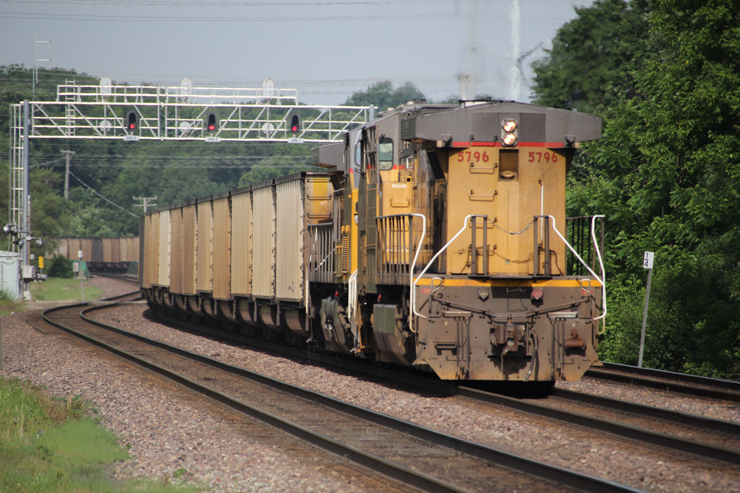

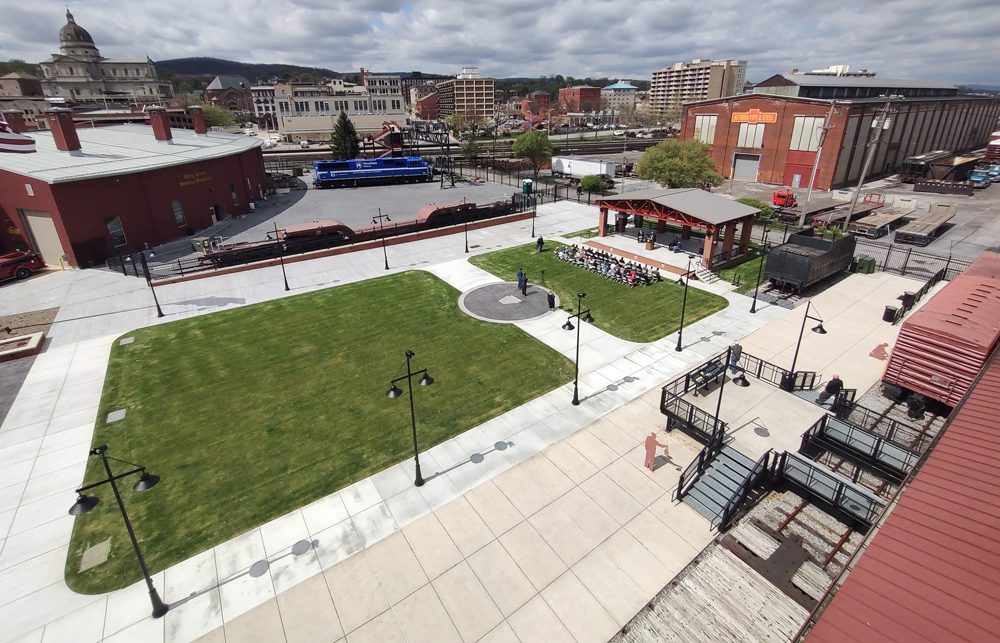
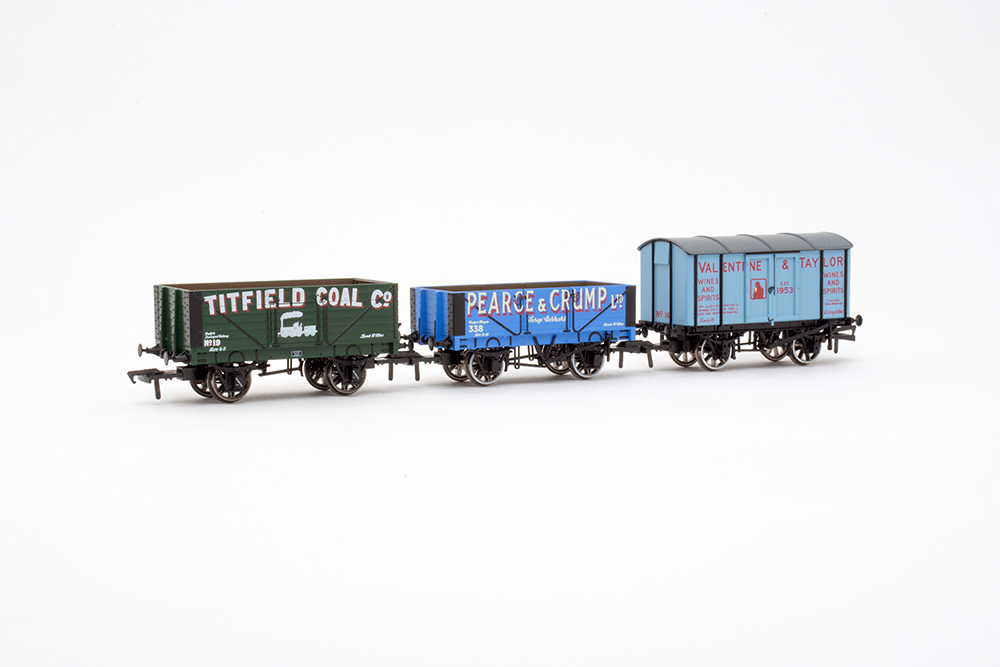
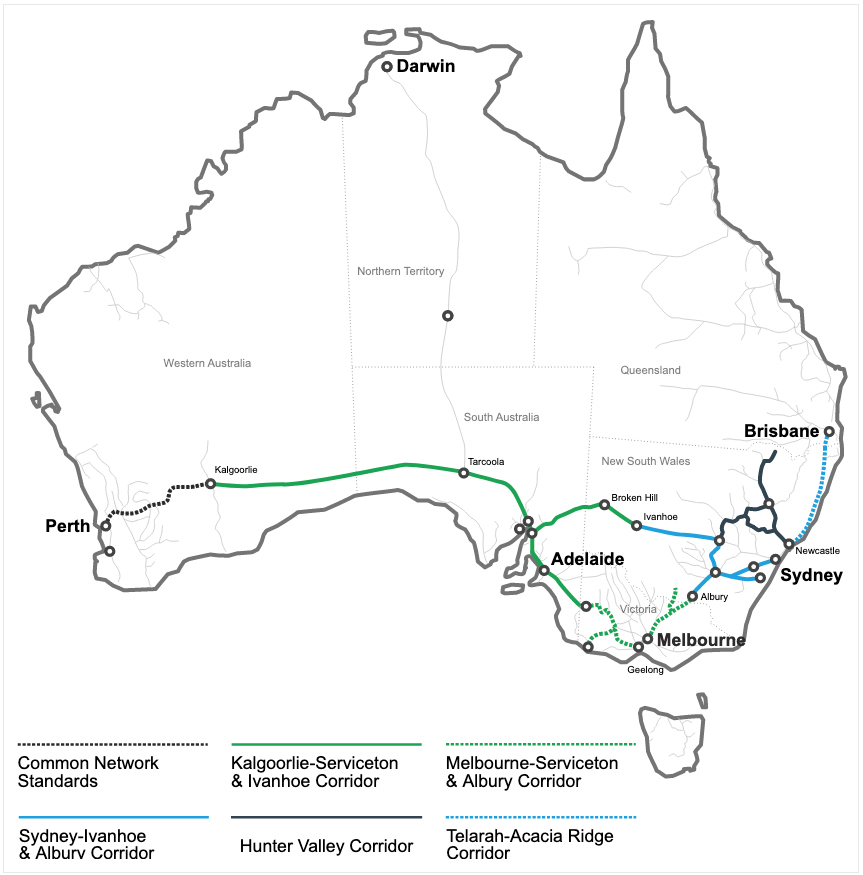
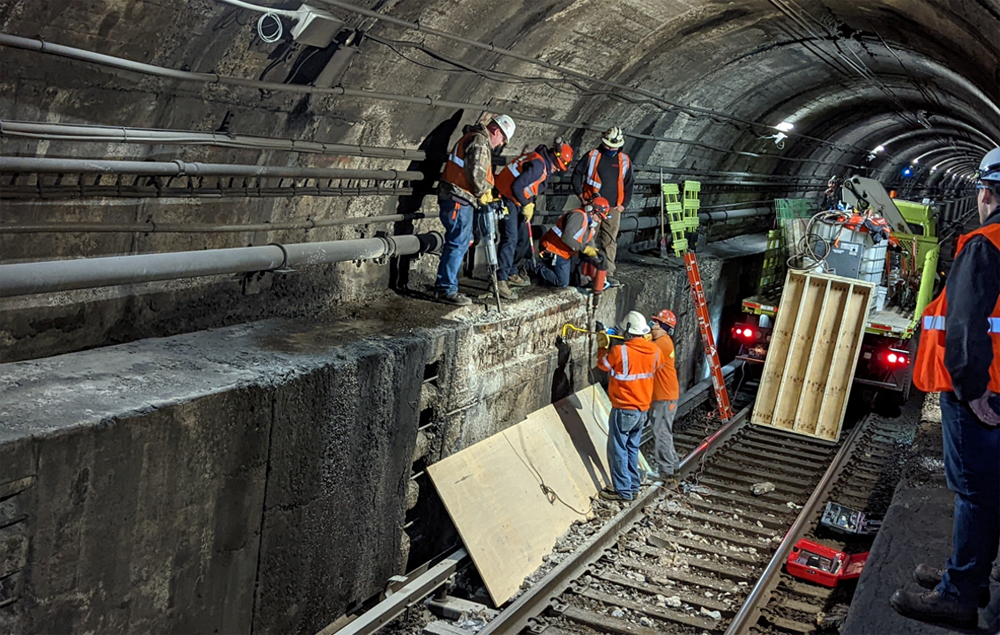




That proposed DM&E line to the PRB would have branched off from the former C&NW line near Wasta, SD, then run many miles southeast and south of Rapid City and the Black Hills to get to the Basin. Would not have come close to Mount Rushmore. Also, an error in the article: Yes, Burlington Northern was first into the PRB; after resolution of lawsuits, and some financial assistance from UP, it was C&NW who built and operated into the southern end of the PRB, beginning in 1984/85, interchanging with UP at Morrill, Nebraska; UP bought out C&NW in 1995, thus making that finally an all-UP presence.
Rapid City near Mount Rushmore
The value Centralia anthracite
I wonder how home prices are doing in places like Gillette, Wyoming.
All things come to an end.
Remember when the DM&E wanted a $4 billion RRIF loan to extend from Rapid City to Gillette to reach PRB traffic? All held up by Rochester, MN?
There will be new uses of coal long term that will make it desirable again. Until then consider a future energy savings account.
John Winter, the decisions are NOT based on emotion but based on price. Why would you have a mine, with all the equipment involved, a railroad with all the equipment involved, and a power plant with all the coal handling equipment involved, when you can have a pipe filled with natural gas from a well filled with natural gas and a lighter in hand and VIOLA boiler and steam and power. Cutting out the equipment and rail alone make for savings in the BILLIONS yearly.
And you don’t have emphysema, COPD or know someone who does do you? Cleaner air is life and death for those folks. WInd, Hydro and solar are the future along with gas. C’est la vie.
Oh and the railroad I worked for up here in Michigan has a major Wyoming served power plant in our crew district. It wasn’t there till 1962 and by 2042 it will probably be gone unless they rebuild it for Illinois Basin coal and Consumers Energy says no to that already.
And to think it was only a decade ago when BNSF and UP dumped $100 million into capital expansion in the basin. While it was definitely not a terrible decision, PRB represents stranded assets, and it is likely that the US will be almost entirely weened off coal by the late 2030s – and that’s just 20 years from now. While it has filled the pockets of UP and BNSF shareholders for several decades now, the party in NE Wyoming is starting to filter out.
It won’t be long before UP and BNSF start taking track out, I’m sure. I see lots of relay rail for sidings and yards, and plenty of spare parts for signal equipment elsewhere. It’s too bad none of the major mainlines already ran through there, making the end result long-term likely just double-main or less, depending on long term – mostly export – volumes beyond 2040.
I think what most folks don’t understand is that the strip ratio for almost all of the PRB mines is approaching the traditional cost cutoffs (5:1). All of those mines started basically in an outcrop scenario, working deeper as time went on. That is what allowed the lower heating value and transportation cost adders to compete with distant markets, and without future investment in lower cost stripping innovations, the PRB doesn’t have a competitive edge.
It’s ashame that all that coal will not be used. With technology available today, we do have clean (& cheap) coal. Put coal along with gas & we have unlimited reliable energy. But instead important energy decisions are based on emotion as the progressives run to their safe space & coloring books.
Correction Lake Erie
Funny thing about all this the Great Lakes is actually the shortest route to export PRB Coal. Transhipment would have to take place though through smaller vessels. As none of the footers will fit beyond Lake Ontario..
If people in the Pacific Northwest don’t like coal exports, route them through Texas ports and the Panama Canal. The distance may be greater but there are far fewer steep grades. I don’t think they would encounter the same level of opposition.
Coal Producers? Coal mining companies you mean right? Coal is already “produced “ in the Earth.